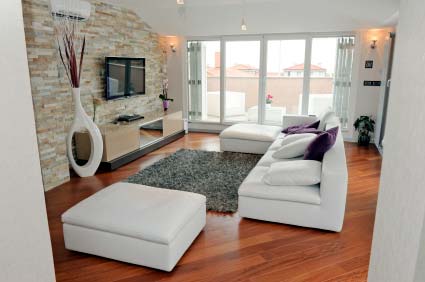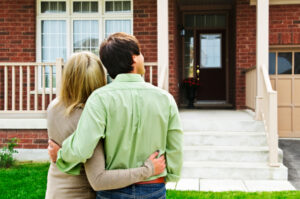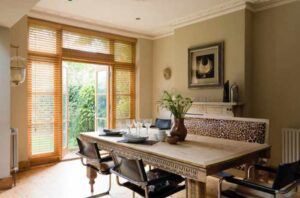Although there are some who believe that the housing recession has passed, it has had a major effect on real estate throughout the country. The purpose of this article is to see how the down market is changing home design trends going forward, in particular in 2012.

#1 Home Size Is Decreasing
As a Realtor, my focus is on Louisville real estate, but Louisville, like most of the nation, is seeing fewer new construction homes being built. It’s not just that fewer homes are being built, it’s the size of homes being built that’s noteworthy.
Families who are opting for new construction are choosing to build smaller, more efficient homes. This is a trend that has continued since 2007 when the national average was 2,521 square feet. Just three years later that number was down to 2,392, and I expect the 2011 average to be even lower.
With our economic future uncertain, you can bet home sizes will continue to decrease in 2012.
#2 Green Building Components
Green building materials continue to be a high priority for many Americans. From easily renewable ingredients like bamboo in flooring to high-quality components to reduce energy usage, this trend shall continue well into the foreseeable future.
A related concept is utilizing repurposed materials. What’s greener than recycling?!? From finding an antique door or charming moldings from half a century ago, designers thrive on locating those hidden gems and then reusing them again in a modern design.
#3 Reducing Home Maintenance
Maintenance-free living is going to be a major factor for home design as the largest portion of the American population continues to shift to older age groups. Choosing composite building materials instead of wood reduces the need for painting in the future. Aluminum flashing, cement, and vinyl siding all improve the longevity of exterior finishes.
Even indoors, people are selecting higher-quality mechanicals in the hopes that simple, routine maintenance will put off the need for major repairs down the road.
#4 Flexible, Accessible Layouts
Layout decisions such as multi-purpose rooms give homeowners flexibility in planning activities in the home. Larger eat-in kitchens are replacing many formal dining rooms, as they earn far more use by family members and improve the functionality of daily meals.
Accessibility is also a new home design trend. People are living longer and the cost of senior care has increased, so people are working hard to make their current homes as accessible as possible with features like wider door frames, lower sinks/counters and grab bars in the bathroom.
Homes with single-level living will garner a higher price per square foot than their multi-level counterparts and also be the recipients of more interested buyers.
#5 Bringing the Outside In
With an emphasis on smaller indoor spaces (see Trend #1), there’s a related desire to bring as much of the outdoors into the home as possible. Architects and designers are working overtime to find ways to not only maximize the outdoor space (decks, patios, etc.) but also work hard to balance a large number of windows and glass doors with the need for functional room design.
#6 Smart Storage Solutions
Even though the home’s footprint has decreased, every family has a need for storage, preferably the more, the better. Large, functional closets are a must and additional storage is a major plus. Home buyers continue to appreciate storage designed for today’s living.
#7 Long-Term Living
The most recent report I read was that the average family moves every 6.5 years. A decade earlier the number was higher but it had steadily been dropping as Americans became more mobile. It’s now my belief that this number will start to level off and possibly move higher as concerns about the economy force more families to emphasize their home as an investment.


